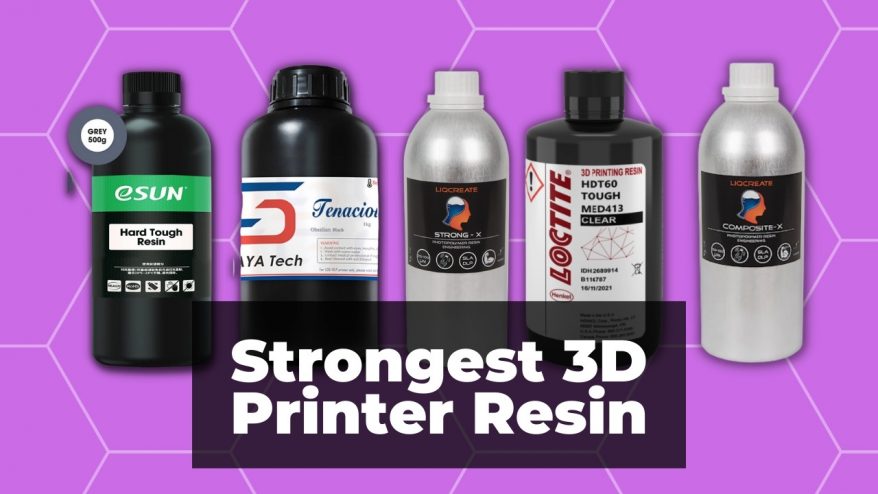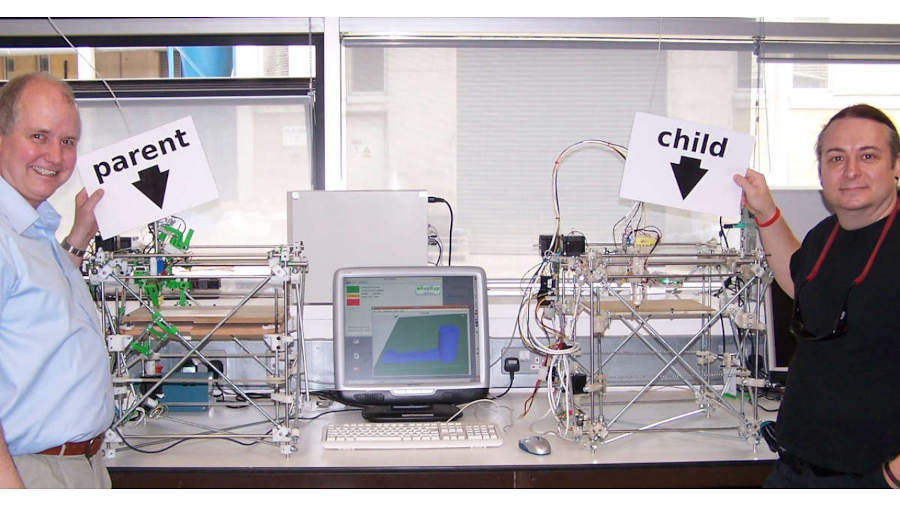We spoke with Polygona Founder Leonardo Maglio on his experience building a 3D design repository and marketplace, as he recently announced a feature that allows anyone to import Blender files into it to edit them there.
I first found Leonardo’s content from a Reddit post he made about Polygona, and I wanted to find out more about his vision for Polygona.

1. What led to you creating Polygona? And how long have you been working on the idea?
My journey with Polygona began during my time as a 3D artist at a 3D printing company.
There, I frequently had to deal with customers seeking unique, custom products, necessitating the creation of bespoke designs from scratch. This process was not only time-consuming but also expensive. Recognizing the lack of accessible options for custom 3D designs, I was inspired to conceptualize a platform to simplify and democratize 3D customization.
My initial, non-functional prototype, was developed back in 2017. It started as a hobby and the original vision was to develop a web-based 3D design tool. However, it evolved into the version of Polygona we see today, which integrates with existing 3D design tools and only provides 3D customization.
2. What do you feel Polygona does that other software doesn’t do well enough right now? And which types of creators/people would benefit most from switching to Polygona?
Polygona sets itself apart in the world of customizable 3D models by prioritizing seamless integration with existing 3D software.
While other platforms are offering customizable models, they often require artists to invest time in learning new tools. Polygona addresses this by enabling artists to easily import their current work without the need to navigate a new learning curve.
Our platform currently supports Blender files, making it an ideal choice for artists using Blender for 3D design, particularly for 3D printing. Polygona is also a great resource for general users seeking custom 3D models. The ease of use makes it accessible to anyone.
3. You’ve built an integration with Blender files – how do you feel this would help people? What are the advantages to importing from Blender to Polygona and then editing there, rather than Blender editing?
The integration of Blender files with Polygona is an important step towards making 3D customization more accessible and user-friendly.
This feature particularly benefits two key user groups.

Firstly, for Blender users, the advantage is clear: there is no need to learn a new software tool. They can directly upload their existing Blender files to Polygona. Typically, Blender users distribute their creations on platforms aimed at professionals familiar with Blender.
However, by using Polygona, they can tap into a broader market, reaching not only professionals but also everyday users and 3D printing enthusiasts who may lack advanced 3D design skills.

Secondly, for general users and 3D printing enthusiasts seeking custom objects, Polygona simplifies the process. These users do not require any 3D design expertise to customize the models.
A key advantage of Polygona is its web-based nature, which means the users don’t need any software downloads or installations and are able to customize via the web, even on mobile devices easily. This accessibility opens up the world of 3D customization to a much wider audience, removing technical barriers and making the process more inclusive.
4. Are you planning on integrating with any other file types beyond Blender files in the future? Are there any priorities that are coming soon?
Due to my background in VFX, our first integration was with SideFX Houdini, a highly popular software in the VFX and gaming industries. My background in VFX influenced this initial choice. However, we realized that Houdini’s application in 3D printing was limited, which led us to shift our focus and resources towards Blender.

Looking ahead, we want to focus on the integration with CAD Sketcher, a Blender plugin that facilitates CAD-like designing. This plugin parallels Autodesk Fusion 360 but operates within the Blender environment.
It’s an excellent, free tool for creating high-precision objects for 3D printing and also has a strong community following. We’ve received requests from users for CAD Sketcher support, so that will be our next step in terms of integrations.

As for supporting other file types, we remain open to our users’ needs. We would like to hear more from our users to understand what integration could benefit them more.
5. What do you envision the 3D modeling toolset of Polygona becoming? What features and needs do you want to solve?
Firstly, we aim to keep working on software integrations. Our goal is to support a wide array of 3D software and plugins, making the 3D artists’ creative process as seamless as possible.

Secondly, we aspire to transform the marketplace experience by enabling personalized, on-demand creation of objects. To bring this vision to life, we are working on several key features:

- Enhancing our customizer’s user experience (UX) to make it intuitive and user-friendly.
- Providing detailed information about the actual size of the object with measurement tools.
- Developing an Augmented Reality (AR) tool, allowing users to visualize how the object would look in their own space.
- Offering a 3D printing service that brings users’ customizations to life by delivering physical copies of their designs directly to their doorsteps.
6. What was the inspiration to also launch the marketplace?
The decision to launch a marketplace alongside our platform was driven by our commitment to inclusivity and our desire to showcase original 3D models crafted by professional artists.
We recognized that by transforming Polygona into a marketplace, we could offer artists a dedicated space to sell their creations. This approach not only supports the artists but also enriches our platform with a diverse range of high-quality and unique 3D models.
7. Currently you allow users to customize these models from the marketplace in the browser. Is your vision for other 3D modelers to sell models that users can also customize to their wishes? Would this be allowed for every model? What if a creator does not want their model to be changed from the original?
Indeed, our core vision for Polygona is to establish it as a marketplace for customizable 3D models.
Currently, we have focused our platform to exclusively support models that offer customization options, not accepting static STL file uploads. We could consider such additions in the future based on user demand but we encourage artists to upload models that permit at least basic customization, such as size adjustments.
8. Do you plan to allow free models, or just paid ones?
Our platform currently hosts free models, and we certainly plan to continue offering them. However, as Polygona will function as a marketplace, the decision to offer models for free or as paid content is ultimately up to the individual artists who upload their work.
9. Is there anything else you would like to tell our readers?
As a small startup operating with limited resources, our journey at Polygona has been driven by passion and a deep commitment to the 3D printing community. The majority of our work so far has been carried on by a small, dedicated team.
We are always on the lookout for individuals who share our enthusiasm and vision, particularly those skilled in web development and 3D modelling, specifically Blender artists.
Moreover, we are open to partnerships with investors who are interested in accelerating our growth and impact. If you find yourself resonating with our mission and have the skills or resources to contribute, we invite you to reach out and join us.
10. Where can people keep up to date with the projects? Any social media, email newsletter, or anything else?
To stay updated on our latest projects and developments at Polygona, we invite you to follow us on social media:
Additionally, for those who prefer a more direct and community-oriented experience, we have a Discord server which you can join here.

















